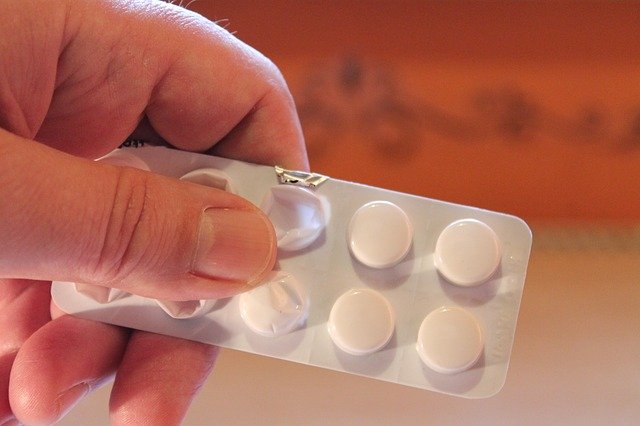
Patients who take statins in order to lower their blood cholesterol levels often complain about muscle problems, typically muscle pain.
But why this occurs is still largely unresolved.
In a new study, researchers have identified a potential causal relationship.
According to the results of their work, statins cause enhanced production of a protein called ‘GILZ’ that impairs muscle cell function.
The research was conducted by a team at Saarland University.
Cholesterol-lowering drugs, which are commonly referred to as statins, are some of the most frequently prescribed drugs around the world.
Generally speaking, statins are well tolerated by patients. However, it is not uncommon for patients on statins to complain of muscle pain or muscle weakness.
Previous research has shown that muscle problems occur in 5% to 29% of patients. Older patients and female patients appear to be at greater risk of developing these symptoms, but so too are patients that are very physically active.
In 2018, more than 6 million patients in Germany were treated with statins.
This would suggest that muscle problems may be affecting several hundreds of thousands of patients, potentially as many as 1.8 million, in Germany alone.
The precise nature of the bodily processes that induce symptoms of muscle impairment has not yet been fully characterized.
In the study, the team may have identified the actual cause of the muscle pain affecting patients receiving statins. They believe that a protein known as GILZ is responsible.
The main function of GILZ is actually to suppress inflammatory processes in the body.
Statins prevent heart disease not only by lowering blood cholesterol levels but also by reducing vascular inflammation.
That’s why the team thought there might be a connection between statins and GILZ. Their data indicate that the presence of GILZ in the body can have both positive and negative effects.
They found statins cause an increase in the cellular production of the GILZ protein.
This, however, leads to impaired muscle function, because increased GILZ production results in an increased rate of muscle cell death. In addition, the formation of muscle fibers is inhibited.
The research team then tried switching off the GILZ protein in living cells and observing what effect the statins then had.
They found the damage that was previously observed is now almost completely absent.
There also seem to be indications that people who engage in a big amount of physical activity suffer from muscle problems when prescribed statins.
Furthermore, the statins appear to impair the success of physical training programs.
They have some evidence that there is a link between statins, physical activity and the GILZ protein, and our plan is to shed more light on how these factors interact with each other.
One author of the study is Professor Alexandra K. Kiemer.
The study is published in The FASEB Journal.
Copyright © 2019 Knowridge Science Report. All rights reserved.



